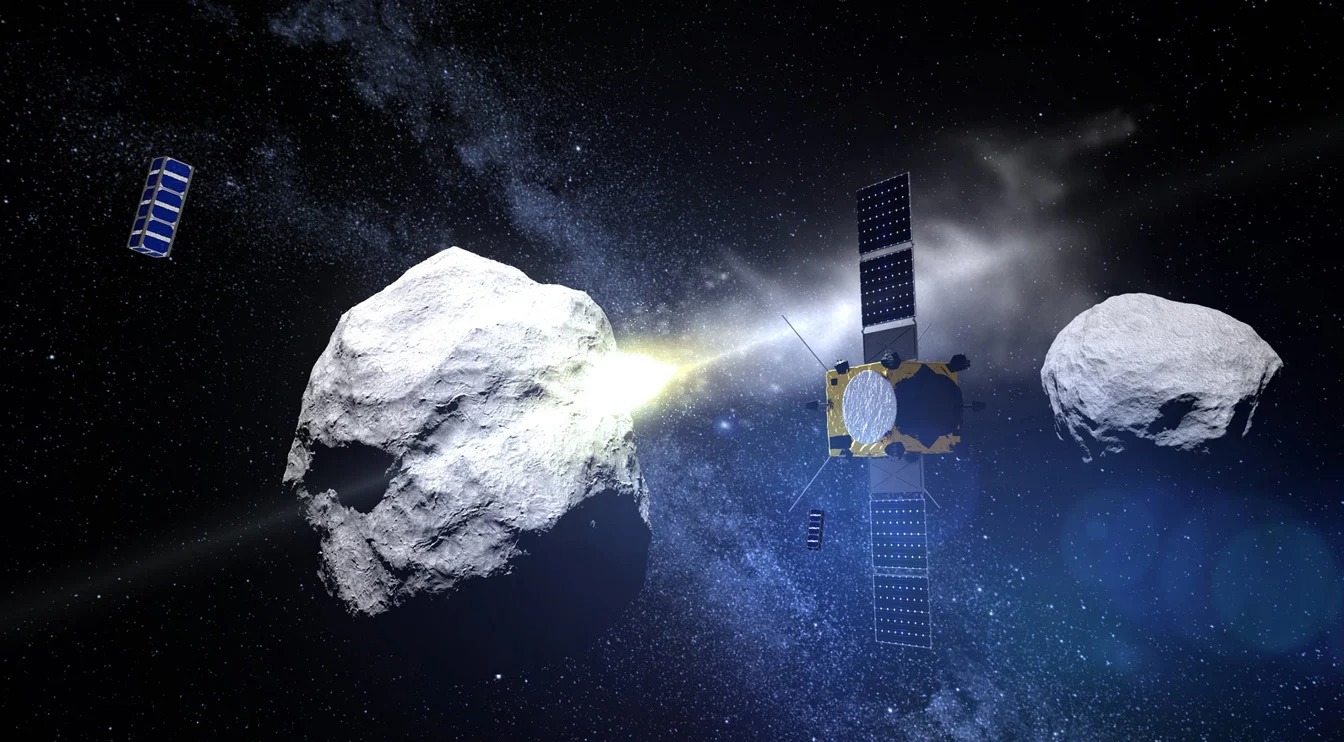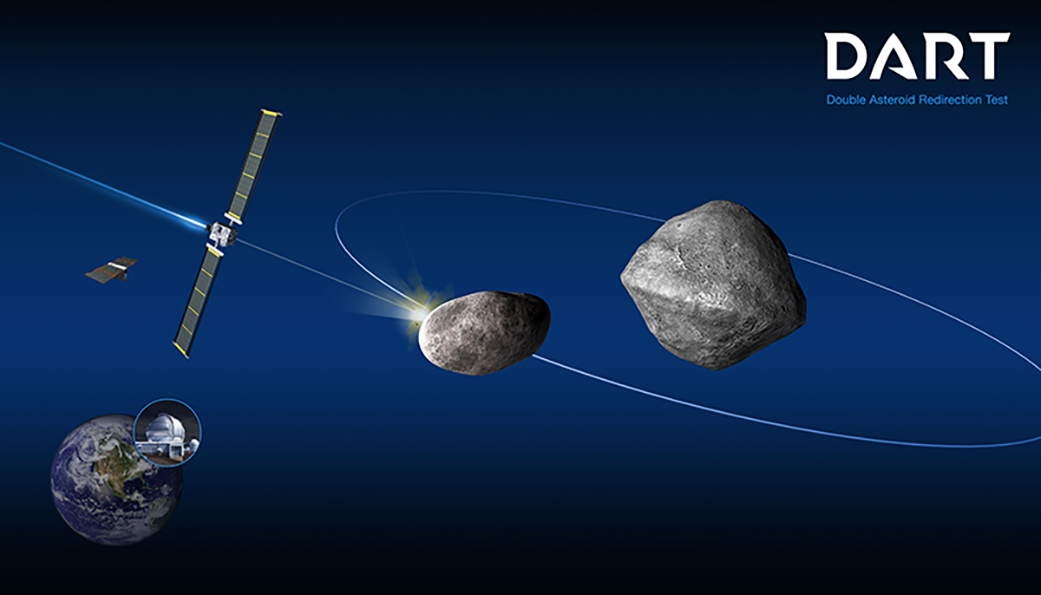On the night of Tuesday, September 26-27, NASA carried out a controlled collision of its DART spacecraft with the Dimorphos asteroid. The bold, but doomed to inevitable death probe sent incredible images in the last hours before the collision. But after the impact, the screen turned black and the broadcast was interrupted, which meant the successful completion of the mission. Of course, a small LICIACube device was flying nearby, filming the collision up close, but scientists are still waiting to receive this recording. At the same time, the collision was observed from the Earth and recorded this moment from afar.

ATLAS, or the latest asteroid collision warning system, is the result of a collaboration between NASA and the University of Hawaii. It is designed to detect potentially dangerous space rocks, including those that may pose a threat to Earth, by scanning the sky several times every night. ATLAS telescopes were aimed at observing the asteroid Didymos and its satellite Dimorphos – the last was the target of DART.
ATLAS observations of the DART spacecraft impact at Didymos! pic.twitter.com/26IKwB9VSo
— ATLAS Project (@fallingstarIfA) September 27, 2022
The probe was moving at a speed of more than 22.5 thousand km/h at the time of collision with an asteroid measuring 160 meters wide. The collision occurred at 02:14 a.m. GMT+3. At that moment, a bright flash appeared around the site of the space accident when DART crashed into an asteroid – ATLAS saw it.

The DART mission is a test of whether we can knock potentially dangerous asteroids off course if they ever threaten to destroy humanity. Now it remains for scientists to check how the collision affected the asteroid’s orbit.
If successful, the Dimorphos’s orbit around Didymos will be reduced, which will indicate the possibility of a similar rescue mission. For this, we would have to wait for a few more images from telescopes, new orbit calculations, as well as the Hera 2024 mission, which would allow us to check what effect DART had on the asteroid.
Earlier we reported on how DART sent a photo of Jupiter before the asteroid impact.
Follow us on Twitter to get the most interesting space news in time
https://twitter.com/ust_magazine

